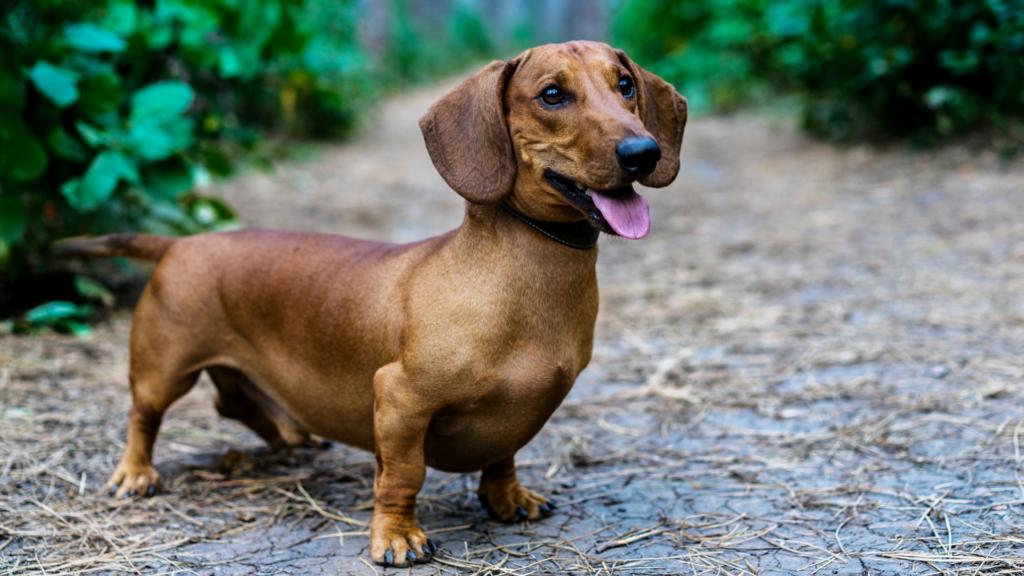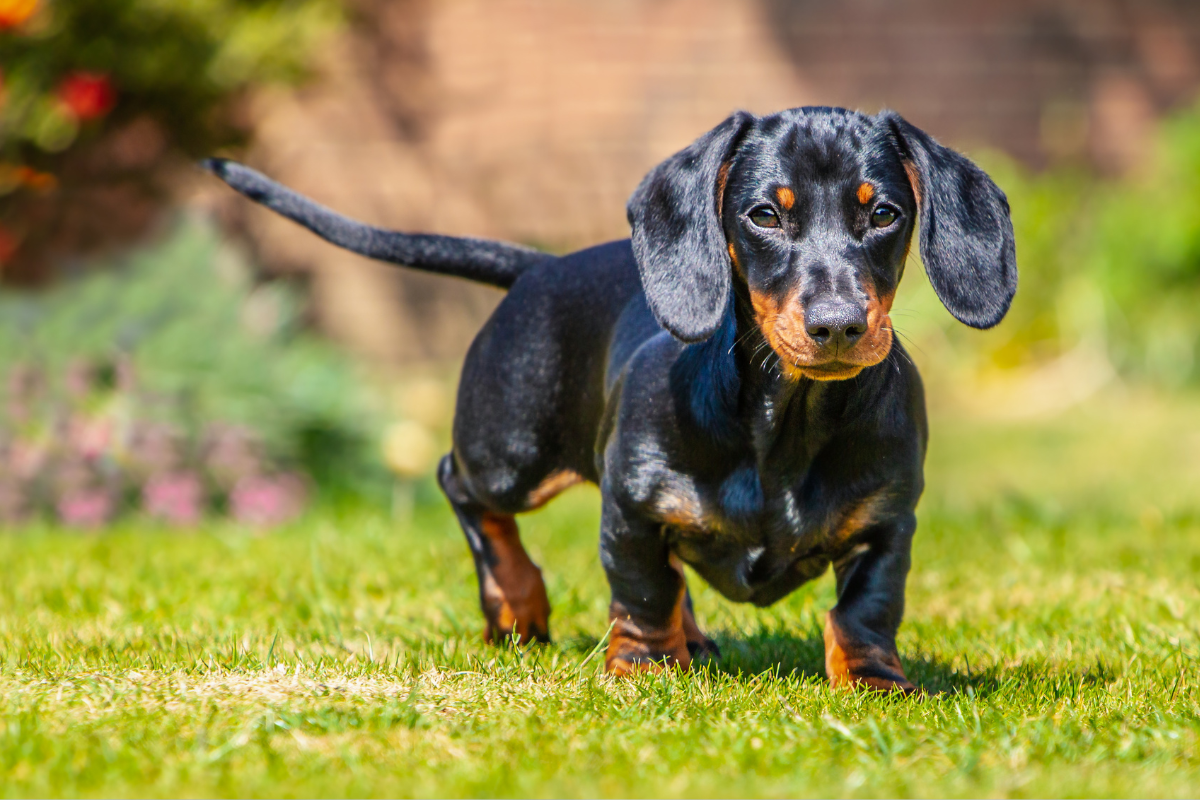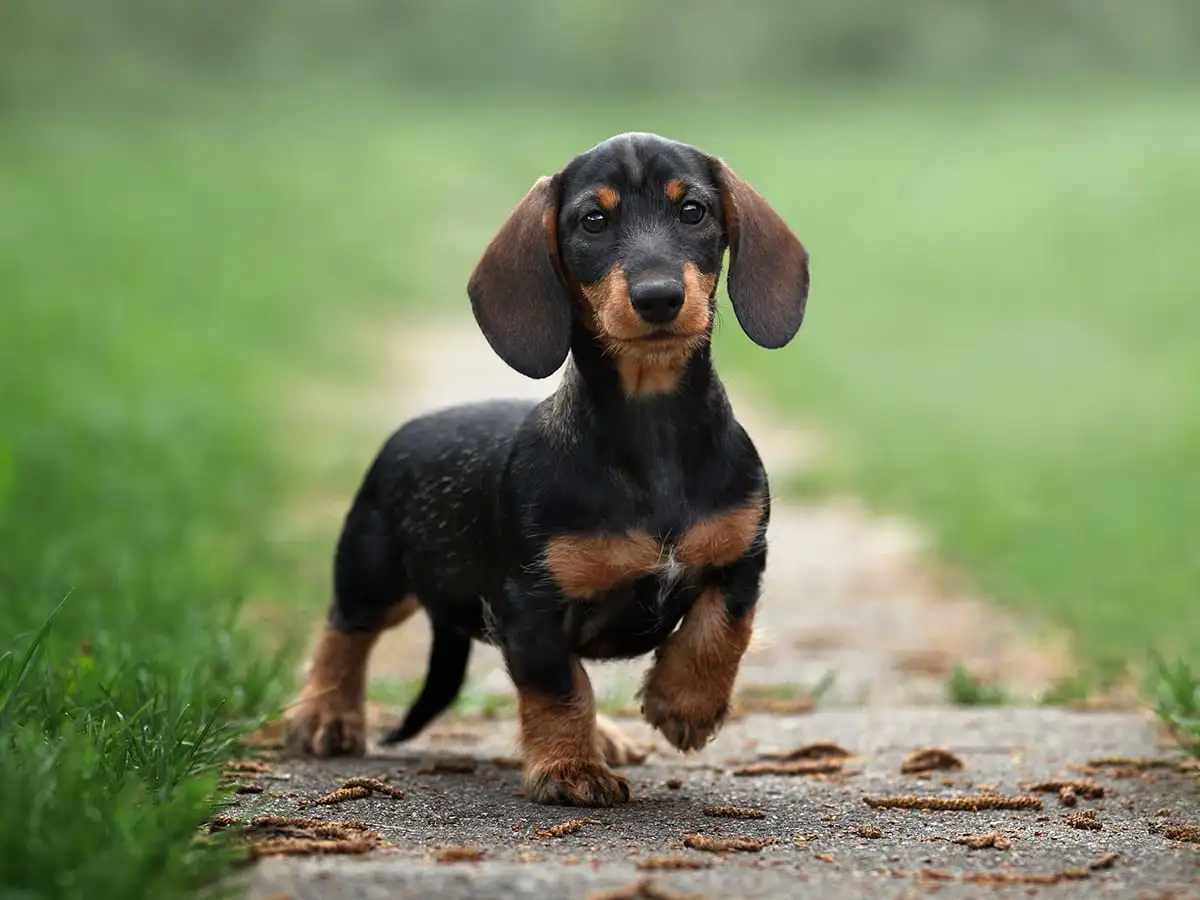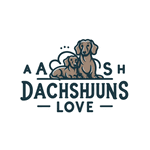Pablo Picasso, the legendary Spanish artist, is celebrated for his groundbreaking contributions to the art world. As a pioneer of Cubism and Surrealism, he challenged traditional artistic norms and paved the way for modern art. Beyond his revolutionary techniques, Picasso found inspiration in the world around him, including animals. Among his favorites was one breed in particular – the Dachshund.
Contents
- 1 The Dachshund’s Unique Appeal to Art Deco Masters
- 2 A Look at Pablo Picasso’s Personal Connection to Dachshunds
- 3 Analyzing the Dachshund’s Presence in Picasso’s Artwork
- 4 The Significance of the Dachshund in Modern Art History
- 5 Contemporary Artists Inspired by Picasso’s Dachshund Depictions
- 6 Conclusion
The Dachshund’s Unique Appeal to Art Deco Masters

While the dachshund has been a cherished companion for centuries, it gained significant prominence in the art world during the early 20th century. The Art Deco movement, characterized by sleek and streamlined designs influenced by Cubism and Futurism, brought a renewed interest in the portrayal of animals in art. The dachshund quickly became a favored subject.
The dachshund’s unique physical traits, including its long body, short legs, and expressive eyes, perfectly aligned with the Art Deco aesthetic. The breed’s elongated form and distinctive features appealed to artists who sought to push the boundaries of traditional animal portraiture. Thus, the dachshund became a muse for prominent artists of the time, including Pablo Picasso.
A Look at Pablo Picasso’s Personal Connection to Dachshunds

Picasso’s fascination with dachshunds extended beyond their appearance; he had a personal connection to the breed. In 1905, he acquired his first dachshund, Lump, who quickly became a close companion. For over 16 years, Lump was a loyal and beloved member of Picasso’s family, often featuring in his artworks.
The bond between Picasso and Lump was evident in their relationship, with Lump even joining the artist in his studio. It is said that Lump would sit on a chair next to the canvas while Picasso painted, occasionally dipping his paw into the paint and contributing to the artwork. This strong connection is reflected in Picasso’s art, where the dachshund is often portrayed as an equal to humans or even as a reflection of the artist himself.
Analyzing the Dachshund’s Presence in Picasso’s Artwork
Throughout his career, Picasso created numerous depictions of dachshunds, including sketches and sculptures. One notable series of drawings from the 1920s used bold black lines to capture the breed’s essence. These drawings highlighted the dachshund’s elongated form, exaggerated features, and playful energy, characteristic of Picasso’s style.
Picasso also incorporated dachshunds into paintings like “Two Dachshunds” (1963) and “Woman with a Dog” (1965). In these works, the dachshund is not just a subject but a representation of the human figure, fragmented and reassembled in the Cubist style. This blending of animal and human forms underscores Picasso’s belief in the interconnectedness of all beings and challenges traditional subject matter hierarchies.
The Significance of the Dachshund in Modern Art History

Picasso’s fascination with the dachshund may seem like a personal preference, but its impact on modern art history is profound. Through his portrayals of the breed, Picasso challenged conventional norms of animal portraiture and expanded the boundaries of what could be considered art. He elevated the dachshund from a mere pet to a subject of critical and artistic interest, influencing other artists.
Moreover, Picasso’s use of the dachshund as a metaphor for the human experience highlights the animal’s significance in our lives. The unconditional love and companionship these dogs provide reflect our own emotions and relationships, making them a fitting subject for artistic exploration.
Contemporary Artists Inspired by Picasso’s Dachshund Depictions

Picasso’s legacy continues to inspire artists today, with many finding inspiration in his dachshund depictions. Artist Andreas von Einsiedel creates whimsical interpretations of Picasso’s dachshund artworks, transforming them into colorful sculptures. Photographer Jesse Freidin has dedicated an entire series to dachshunds, capturing their unique personalities and relationships with humans.
Musicians have also drawn inspiration from Picasso’s dachshunds. American singer-songwriter Anna Tivel wrote a song titled “Two Dachshunds” in homage to Picasso’s paintings. The emotional lyrics echo the sentimentality and complexity of Picasso’s connection to the breed, highlighting their continued impact on creative expression.
Conclusion
Pablo Picasso once said, “Everything you can imagine is real,” and he demonstrated this through his artistic explorations of dachshunds. What began as a personal fascination turned into a significant influence on modern art, challenging conventions and elevating a beloved breed. Picasso’s dachshunds hold a special place in the art world, reminding us of the power of imagination and the beauty of our canine companions.
